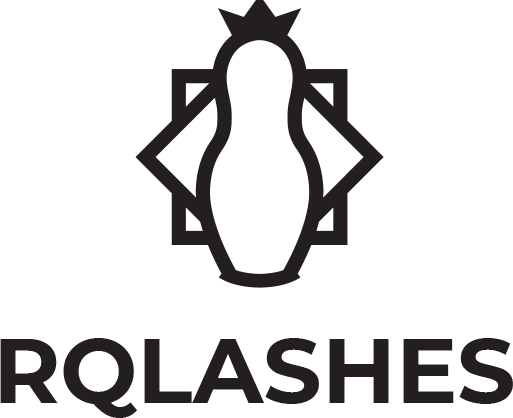The History of Eyelash Extensions and artifficial lashes
The history of lash extension
Eyelash extension history goes all the way back to the 20th century when legendary makeup artist Max Factor invented false eyelashes. Back in 1927 they were simple fringe trims glued to a thread. Actress Phyllis Haver was the first to proudly wear them.
They were far from ideal, but the public was captivated by Phyllis' dramatic glance, sparking a total furor. All her fellow actresses envied her. Before long hairs replaced fringe trims, and this model became available to everyone. It's noteworthy that Max Factor's real name is Maksimilian Factorovich, a make artist' assistant in Moscow's Bolshoi Theatre who emigrated to America, became a successful stylist and make-up artist and started the first makeup brand in the world — the widely known Max Factor.
All the Hollywood divas of the 20th century fell in love with false eyelashes. Sophia Loren, one of the biggest movie stars of our age, still wears them, even after turning 80.
In the beginning of the 21st century, Korean scientists managed to create an artificial lash that perfectly captured form and curl of a natural lash. The first person to perform a lash-by-lash extension was Pashu Paing.
Lots of people know Shu Uemura as a father of eyelash extension, who gifted Madonna with an unforgettable captivating glance using his new technology in 2003.
Lots of people know Shu Uemura as a father of eyelash extension, who gifted Madonna with an unforgettable captivating glance using his new technology in 2003.
The main difference between false eyelashes and lash extensions is that false ones are glued to the eyelid, while extensions are applied directly to the natural lash one by one. This procedure also requires a completely different glue that allows extensions to stay on for more than a month.
For Japanese women it became a total lifesaver because Asian people have a unique eyelid shape that makes their lashes practically invisible. This new procedure allowed for making very long extensions, hence — achieving greater results. To this day classic lash extension is still sometimes called Japanese Lash-by-Lash Extension.

After some time Russian lash artist and the RQLashes ambassador since 2017 Olga Dobronravova, striving to achieve greater volume and make extensions more feathery and light, decided to try applying not one, but two artificial lashes on a natural lash. And then three. This is how classic volume extension was born, later becoming known as Russian Volume all over the world. First volume fans were formed by hand, so lots of Russian artists who learned volume among the first still do it this way — it's the force of habit.
Later, Olga's student Irina Levchuk started conducting volume classes around the world. That's why some people know her as a mother of volume. But in fact, she was not the inventor of this extension technique. She was just the first one who started teaching others to extend this way.
Nowadays there is a whole variety of new names for volume extensions: Hollywood Volume, Velvet, Queen… All these names were invented by different artists and mean either "dramatic look" 6D (or higher) volume or designer extension techniques. But volume extension itself forever will be called Russian Volume.
Later, Olga's student Irina Levchuk started conducting volume classes around the world. That's why some people know her as a mother of volume. But in fact, she was not the inventor of this extension technique. She was just the first one who started teaching others to extend this way.
Nowadays there is a whole variety of new names for volume extensions: Hollywood Volume, Velvet, Queen… All these names were invented by different artists and mean either "dramatic look" 6D (or higher) volume or designer extension techniques. But volume extension itself forever will be called Russian Volume.
RQL Newsletter
Subscribe to our email newsletter for useful tips and special deals
By clicking this button, you agree to the Terms of Use and Privacy Policy.
YOU MAY BE INTERESTED IN
